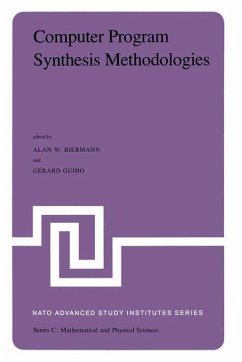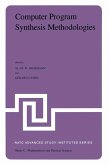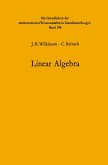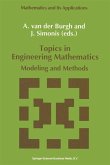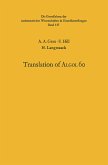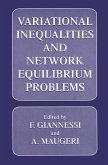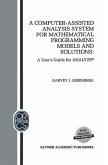powerful operations on them. An early step in this direction was the development of APl, and more recent examples have been SETl which enables a user to code in terms of mathematical enti ties such as sets and BDl which allows a user, presumably a businessman, to specify a computation in terms of a series of tabular forms and a series of processing paths through which data flows. The design and implementation of such languages are examined in chapters by P. GOLDBERG. Another extension to traditional methods is made possible by systems designed to automatically handle low level flow-of control decisions. All the above higher level languages do this implicitly with their built in operators. PROLOG is a language which does this with a theorem proving mechanism employing primarily unification and backtracking. The programmer specifies the problem to be solved with a set of formal logic statements including a theorem to be proved. The theorem proving system finds a way to combine the axioms to prove the theorem, and in the process, it completes the desired calculation. H. GAllAIRE has contributed a chapter describing PROLOG giving many examples of its usage.
Hinweis: Dieser Artikel kann nur an eine deutsche Lieferadresse ausgeliefert werden.
Hinweis: Dieser Artikel kann nur an eine deutsche Lieferadresse ausgeliefert werden.

